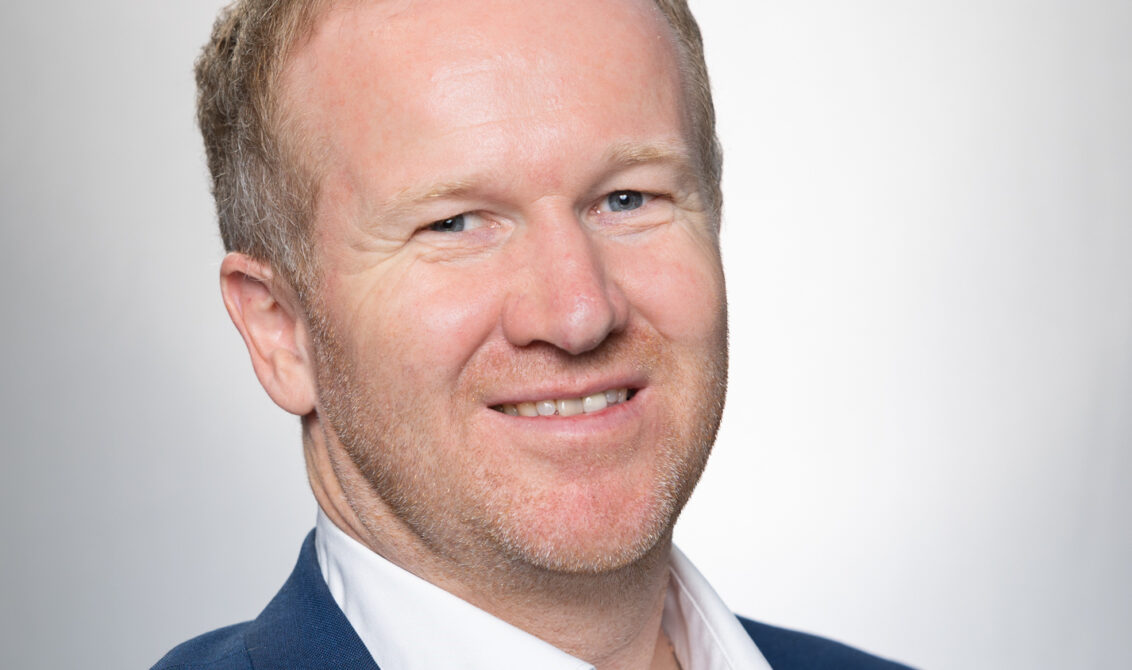
[Click here for the main conference website, with agenda, and sign-up to attend physically in Malmö or digitally.]
Attracting and keeping talent is a primary concern for most organisations. At Equinor, it’s an undertaking of significant proportions. The energy company has a talent pool that numbers 20,000, of which 150 are in Treasury and Tax.
18 months ago, Tor Stian Kjøllesdal took on the challenge of heading a unique human resource strategy for Equinor’s Treasury and Tax departments when the “Functional Centre of Excellence” was established. Described as a competence centre, it presents, in his words, “a different approach to people development in a treasury organisation”.
Talent hunting
“We have created resource pools within Treasury and Tax by gathering those working in these departments into competence centres,” says Tor Stian Kjøllesdal. Under this new set-up, the department becomes a marriage of two entities: one responsible for managing tasks and the other, which is the competence centre, the talents. The competence centre matches talents to roles depending on the requirements of the task organisation.
The creation of an entity dedicated to employee management and development will hopefully answer one of the most pertinent questions in human resources today, which Tor Stian Kjøllesdal brings up: in a competitive candidate market, “how do you get people in, how do you develop them, and how do you encourage them to stay?”
“It’s something that can be improved by giving dedicated focus,” he reckons.
Perfectly imperfect
The new organisational structure has the added advantage of being very agile, a feature that is appreciated by the management of Equinor and some employees. “The new generation likes the flexibility,” says Tor Stian Kjøllesdal. “They want to work on different tasks and be exposed to different ways of working. For many of our new recruits, they like that they can work for a period in an area, and then move on to do something else – that’s still within treasury – and build a strong overall confidence in the sector.”
As for benefits to the management, the possibility to quickly shift task allocation “creates flexibility for the organisation to move people where it matters most and where we have the need for more people”.
“This is not a perfect model,” Tor Stian Kjøllesdal reflects. One of the trickiest aspects of the new structure is that it puts two leaders in charge – the task master, and the head of the resource entity. “How do we make this dynamic work, and how do we make sure it is not inefficient?” he asks. “It’s a journey that we have been on for the past 18 months since launching this.”
Adapting to needs
Tor Stian Kjøllesdal is aware that it may be challenging for smaller organisations to implement a similar structure. “Given our size, we probably had a bigger toolbox to use when setting it up,” he concedes.
Nevertheless, he believes that it’s a system that could be scaled down, and that there are individual elements that could be effectively applied in isolation to suit any size or type of organisation. He will be sharing ideas for implementation at the Treasury 360° Nordic 2023 conference on 20 April – an event that will also feature Mads Holm among its speakers – Equinor’s Senior Vice President and Head of Treasury, Tax, and Investor Relations.
At Equinor, the finance competence centre is further divided into sub-sectors, including economic analysis, performance management, besides the core tax and treasury. For smaller firms, he suggests that a similar set-up could be achieved with a singular finance competence centre without any sub-sectors, which will “extract relevant learnings and assignments across the finance disciplines”. In this manner, the management would be able to “create more interesting career paths”, enjoy a better overview of human resources, and “allow more flexibility for the talents who wish to have it”.
Tor Stian Kjøllesdal’s session in the Treasury 360° Nordic programme in Malmö on 20 April 2023 is scheduled for 13:40 (as of this article’s publication – find the current agenda on the event website here). Titled “Framing and fostering treasurers’ competence – a look into Equinor’s new centre”, it is part of conference track D, “The human element”.



